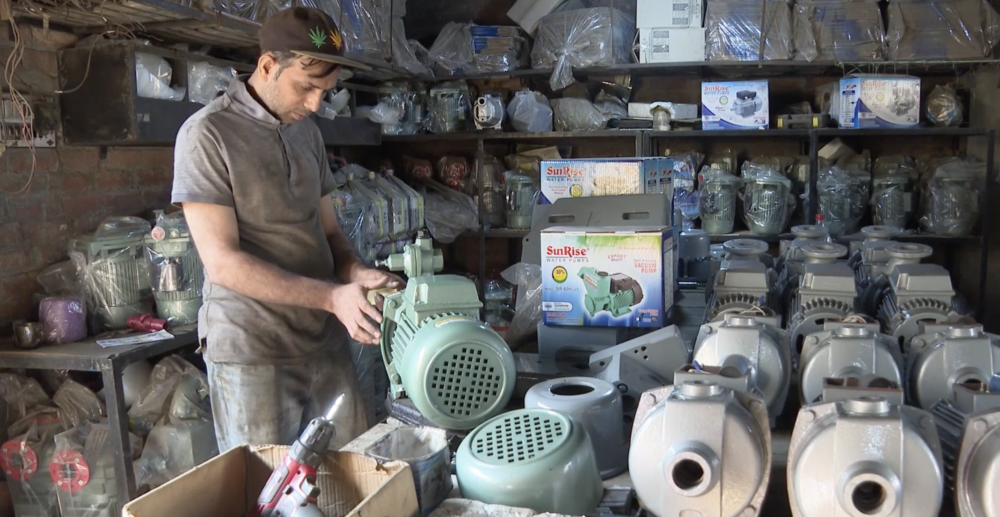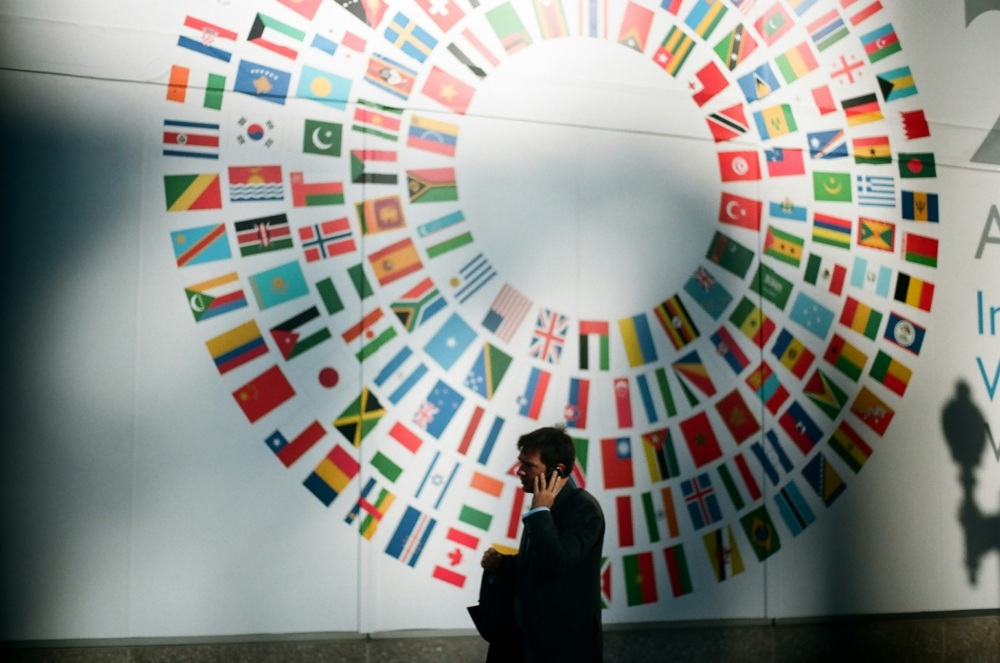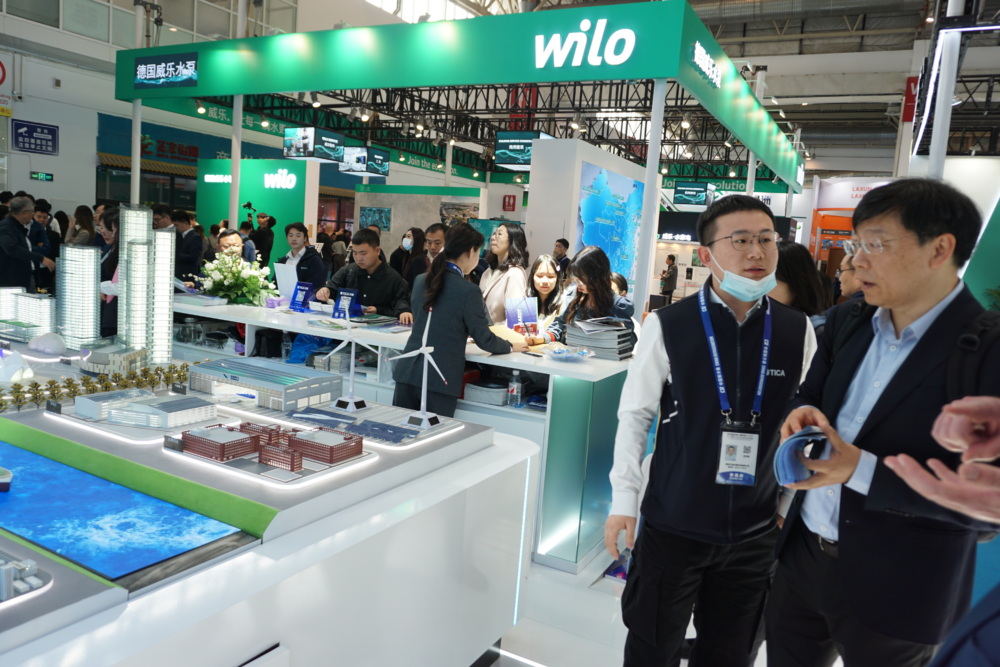EU Bans Toxic Fluorescent Bulbs Domestically but Continues Exporting
The European Commission published a law that will phase-out general purpose fluorescent lighting, citing mercury toxicity, across Europe in 2023. Since 2019, CLASP has contributed research and evidence to support this decision in Europe and is now working to phase-out fluorescents globally under the Minamata Convention on Mercury.
In a law published today, the European Commission will phase-out general purpose fluorescent lighting across Europe in 2023. The Restriction of Hazardous Substances (RoHS) Directive will ban fluorescents due to their toxicity, citing the widespread availability of cost-effective LED alternatives.
Since 2019, CLASP has conducted market and technology research to demonstrate the feasibility of phasing out fluorescent lighting in Europe. The EU Commission used the evidence prepared by CLASP and partners to determine that a fluorescent phase-out was appropriate.
“As one of the original authors of the RoHS Directive, it gives me great pleasure to see the Commission finally using their authority to take this step,” said Eija-Riitta Korhola, former MEP from Finland. “This is a global first and Europe should be proud, however it is disappointing to see the Commission has not felt the same toxic lighting should also be avoided by people outside of the EU.”
In March, the EU will join delegates from 137 countries – representing more than six billion people – at the UN Minamata Convention on Mercury in Bali to discuss, among other things, whether to ban fluorescent lighting globally. Currently, the Convention has allowances for fluorescent lamps, but proposals submitted by the EU-27 and the African region address these fluorescent exemptions. Notably, the EU proposal is significantly less ambitious than the African proposal.
The EU-27 proposal seeks only to phase-out halophosphate linear fluorescent lamps from the international convention – a product banned in the EU-27 over ten years ago. However, the African region proposal is much closer to existing EU-27 law, removing compact fluorescent lamps (CFL) and all linear fluorescent lamps. While Europe has decided that these common fluorescents targeted in the African proposal are not good enough for EU-citizens, the region still hasn’t made its mind up about voting at the Minamata meeting just one month away.
If the EU fails to vote in favour of the more ambitious African proposal, this decision would be in the interest of protecting exports from two fluorescent lamp factories in Germany and Poland. A new report from CLASP shows that remaining fluorescent lamp manufacturing in Europe will lose 80% of their market by 2023; EU domestic market for fluorescents will be gone and major trade partners are also phasing-out fluorescents through separate regulations.
Regardless of the Minamata vote, there will no longer be a viable market for EU-manufactured fluorescents. However, the report finds that the EU has an economic opportunity to preserve jobs and lighting exports by transitioning domestic fluorescent manufacturing facilities to LED. It is in the best interest of the EU-27 to support the African proposal – to align global with domestic policy and mitigate further harm from mercury emissions.
CLASP is working with the Climate Action Network to circulate a petition calling on the EU-27 and other delegates to the Minamata Convention to support the African Lighting Amendment. If voted in, the proposal would not only eliminate 232 metric tonnes of mercury globally, but would also avoid 3.5 gigatonnes of carbon dioxide emissions from power stations between 2025 and 2050 due to the fact that LEDs are so much more efficient than fluorescent. Click here to review and sign the petition.
Read more about CLASP’s work on RoHS:
- Refurbishing Europe’s Fluorescent Lamp Manufacturing Facilities
- How Many Years Does It Take the European Commission to Change a Toxic Lightbulb?
- Quantifying Lighting Benefits under the RoHS Directive: Calculating the Cost of Lost Time
- Clarifications on Lighting Europe’s Comments to the RoHS Committee
- Assessing Annex III Fluorescent Lamp Exemptions in the Light of Scientific and Technical Progress
- Mercury-Free Alternatives to Certain Fluorescent Lamps: A Report to the European Commission’s Committee on the Restriction of Hazardous Substances









